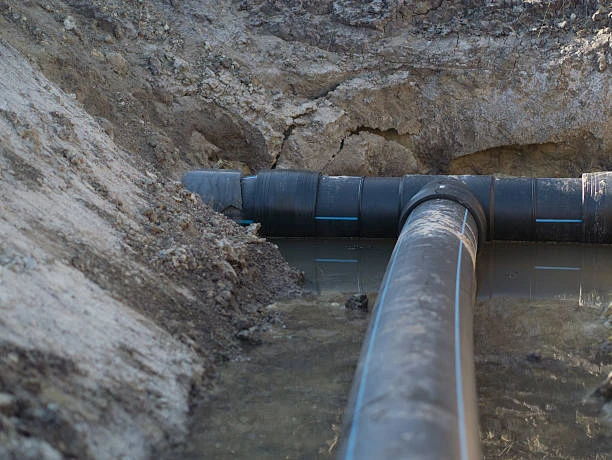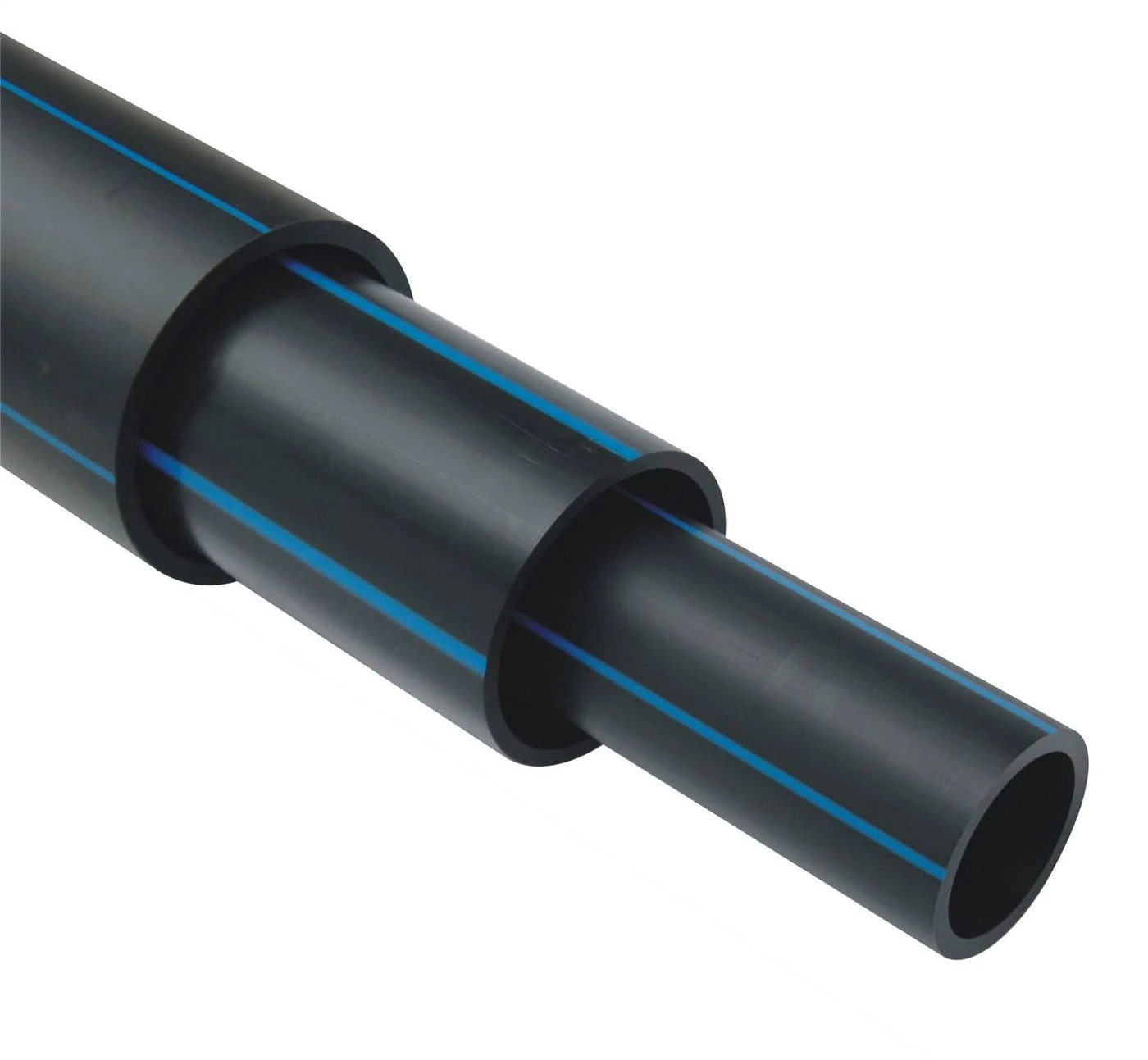In recent years, the Mactan community has faced various challenges related to plumbing and infrastructure. As the demand for reliable water supply and sewage systems increases, experts are now urging residents to consider the use plastic pipes. This article will delve into the benefits of using plastic pipes, the various types available, and how they can significantly improve Mactan’s plumbing systems.
The Plastic Pipes Need for Improved Infrastructure
Current Challenges in Mactan
Mactan, an island in the Philippines, has been grappling with outdated and inefficient plumbing systems. Many of the existing pipes are made of metal or clay, which are prone to corrosion and leaks. This results in water loss and a decreased supply, making it imperative for residents to find more reliable solutions.
Importance of Sustainable Solutions
As urbanization continues to rise, it is essential to adopt sustainable practices that can withstand the test of time. Plastic pipes offer a long-lasting alternative to traditional materials, ensuring that the community has access to safe and reliable water supply systems.
Benefits of Using Plastic Pipes
Durability and Longevity
One of the primary advantages of plastic pipes is their durability. Made from materials like PVC and HDPE, these pipes resist corrosion and can last for decades with minimal maintenance. This longevity means that Mactan residents will spend less time and money on repairs.
Lightweight and Easy to Install
Plastic pipes are significantly lighter than their metal counterparts, making them easier to handle and install. This ease of installation reduces labor costs and allows for quicker project completion. Residents can benefit from faster upgrades to their plumbing systems without extensive disruptions.
Cost-Effectiveness
In addition to their durability, plastic pipes are also cost-effective. The initial investment is often lower than that of traditional materials, and their resistance to leaks and corrosion reduces long-term maintenance costs. For Mactan residents, this means more savings in the long run.

Types of Plastic Pipes
PVC Pipes
Polyvinyl chloride (PVC) pipes are among the most popular choices for residential plumbing. They are suitable for both cold and hot water applications and are widely used in drainage systems. Their smooth interior allows for efficient flow, reducing the chances of clogs.
HDPE Pipes
High-density polyethylene (HDPE) pipes are another excellent option for Mactan residents. Known for their strength and flexibility, HDPE pipes can be used in various applications, including water distribution and sewage systems. They are also resistant to chemicals and UV radiation, making them ideal for outdoor use.
CPVC Pipes
Chlorinated polyvinyl chloride (CPVC) pipes are similar to PVC but can handle higher temperatures. They are often used in hot water systems and are a great choice for homes that require efficient hot water delivery.
Environmental Impact of Plastic Pipes
Recyclability
Plastic pipes are often recyclable, which aligns with sustainable practices. When they reach the end of their life cycle, they can be processed and reused to create new products. This reduces waste and contributes to a circular economy.
Energy Efficiency
The production of plastic pipes generally consumes less energy compared to metal pipes. Additionally, their lightweight nature means lower transportation costs and emissions. By opting for plastic pipes, Mactan residents can contribute to reducing their carbon footprint.
Plastic Pipes Overcoming Misconceptions
Addressing Concerns About Plastic
Many people have concerns about the safety and longevity of plastic pipes. However, advancements in manufacturing processes have led to the creation of high-quality plastic pipes that meet stringent safety standards. These pipes are tested for durability and are safe for drinking water applications.
Building Community Awareness
To encourage the use of plastic pipes, it is crucial to raise awareness within the community. Workshops and information sessions can help residents understand the benefits and dispel any myths surrounding plastic pipe usage. Engaging local leaders and plumbing professionals can facilitate this process.
Plastic Pipes Implementation Strategies
Local Government Support
Local authorities can play a vital role in promoting the use of plastic pipe by providing incentives for residents to upgrade their plumbing systems. This can include subsidies or grants for those who choose to replace old pipes with more sustainable options.
Partnerships with Plastic Pipes Suppliers
Collaborating with plastic pipe manufacturers and suppliers can ensure that residents have access to high-quality materials. Local governments can facilitate these partnerships to make the transition smoother and more cost-effective for the community.
Conclusion
The call for Mactan residents to use plastic pipe is more than just a suggestion; it is a necessary step toward improving the island’s plumbing infrastructure. With their durability, cost-effectiveness, and environmental benefits, plastic pipe offer a practical solution to the challenges faced by the community. By embracing this change, Mactan can look forward to a more reliable and sustainable water supply system.
FAQ
1. What types of plastic pipe are available for residential use?
Residents can choose from PVC, HDPE, and CPVC pipes, each offering unique benefits.
2. Are plastic pipe safe for drinking water?
Yes, high-quality plastic pipe meet safety standards and are safe for drinking water applications.
3. How long do plastic pipe last?
Plastic pipe can last for decades, often outlasting traditional metal or clay pipe.
4. Are plastic pipe recyclable?
Yes, many plastic pipe are recyclable and can be processed for reuse.
5. How can residents learn more about using plastic pipe?
Workshops and informational sessions can provide valuable insights and address concerns about plastic pipe usage.


















